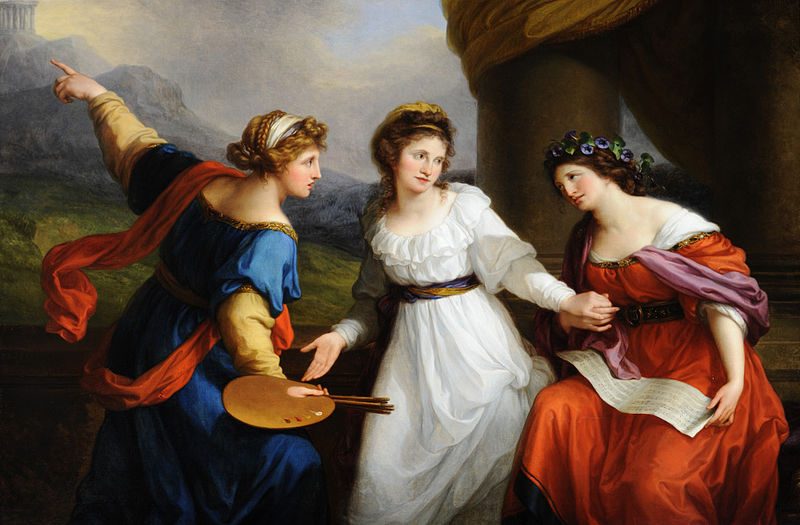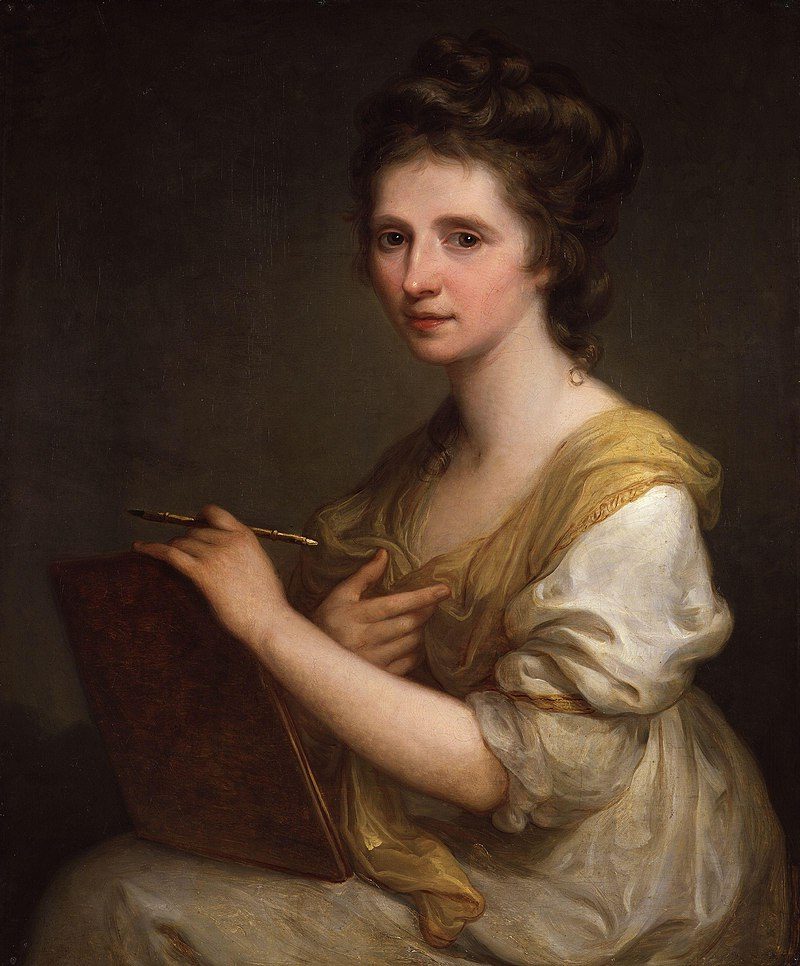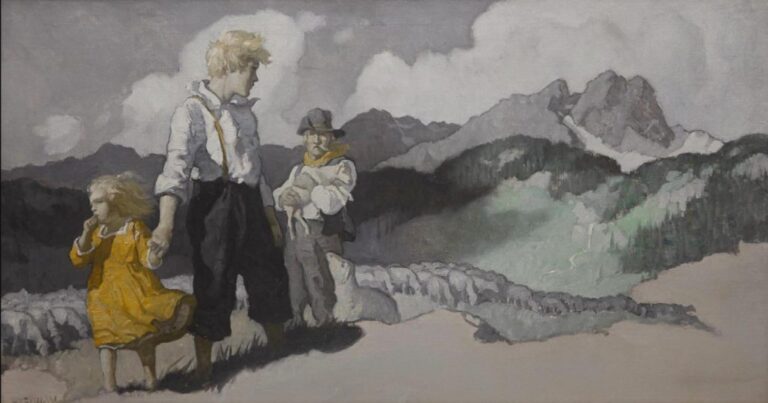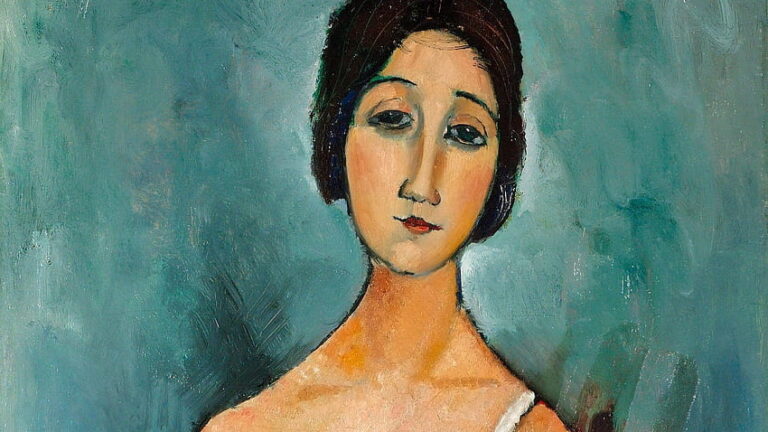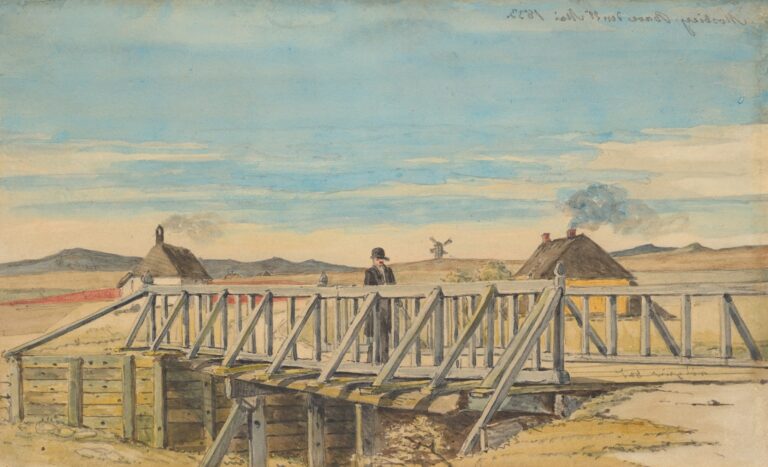Angelica Kauffman Painter: 18th Century Neoclassical Pioneer
Born: 30 October 1741, Chur, Switzerland
Death: 5 November 1807, Rome, Italy
Art Movement: Neoclassicism
Nationality: Swiss
Teachers: Joseph Johann Kauffmann (Her Father) and Sir Joshua Reynolds
Institution: Accademia di Belle Arti di Firenze
Angelica Kauffman Painter: 18th Century Neoclassical Pioneer
Early Life and Artistic Development
Angelica Kauffman showed incredible talent from a young age. She received early artistic training and traveled widely, developing her skills and style. Her experiences in Italy shaped her approach to painting.
Child Prodigy and Education
Angelica Kauffman was born in 1741 in Chur, Switzerland. Her father, Johann Josef Kauffman, was a painter who taught her art basics. By age 12, Angelica was already a skilled musician and painter. She traveled with her father through Austria and Italy as a child.

Ariadne Abandoned by Theseus (1774)
In her teens, Angelica studied in Milan and Florence. She copied works of Renaissance masters to improve her technique. At the Accademia di Belle Arti di Firenze, she honed her skills further.
Her talent got her noticed by noble patrons early on. This helped launch her career as a portrait artist.
Influence of Neoclassicism in Rome
Kauffman moved to Rome in 1763. There, she was exposed to Neoclassical art and ideas. This style greatly impacted her work.
In Rome, she met important artists like Anton Raphael Mengs. She also studied ancient Roman art and architecture. These influenced her painting subjects and style.
Kauffman began focusing on history paintings with classical themes. She painted scenes from mythology and literature. Her work blended Neoclassical ideals with a soft, feminine touch.
Marriages and Personal Relationships
At age 23, Kauffman married a man posing as a Swedish count. The marriage was quickly annulled when his deception was discovered. This event caused her some social embarrassment.
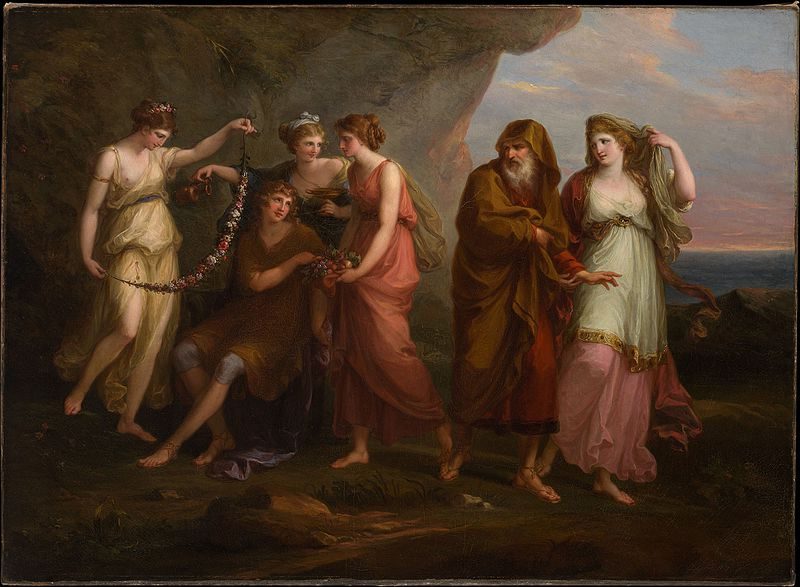
Telemachus and the Nymphs of Calypso (1782) by Angelica Kauffman
In 1781, she married Antonio Zucchi, a Venetian painter. Their marriage was happy and supportive of her career. Zucchi managed her business affairs, allowing her to focus on art.
Kauffman formed close friendships with other artists. She was especially close to sculptor Antonio Canova. These relationships enriched her artistic life and career.
Professional Achievements and Contributions
Angelica Kauffman made significant contributions to European art as a renowned Neoclassical painter. She excelled in portraiture and history painting, leaving a lasting impact on the art world.
Founding Member of the Royal Academy
Kauffman was one of only two female founding members of the Royal Academy of Arts in London in 1768. This prestigious position allowed her to exhibit her work regularly at the Academy’s annual exhibitions. She also participated in decorating the interior of Somerset House, the Academy’s new home. Her ceiling paintings for the building’s Great Room showcased her skill in large-scale works.
Body of Work: Portraits and History Paintings
Kauffman created many portraits of notable figures, including royalty and fellow artists. Her style blended Neoclassical elements with a softer, more feminine touch. She was known for her ability to capture her subjects’ personalities and inner qualities.

Zeuxis Selecting Models for His Painting of Helen of Troy (c. 1778)
In history painting, Kauffman tackled ambitious subjects from mythology and literature. She often focused on female characters, bringing a unique perspective to traditionally male-dominated themes. Some of her most famous works include “Cornelia, Mother of the Gracchi” and “Ariadne Abandoned by Theseus.”
Legacy and Influence on European Art
Kauffman’s success paved the way for future generations of women artists. Her work influenced both male and female painters across Europe. She also helped popularize the Neoclassical style, especially in Britain.
Many of Kauffman’s paintings are now held in major museums, including the National Museum of Women in the Arts. Her artistic legacy continues to be studied and celebrated in art history. Kauffman’s ability to thrive in a male-dominated field and her contributions to Neoclassical art solidified her place among the most important artists of her time.
Artistic Style and Notable Works
Angelica Kauffman was a skilled Neoclassical painter known for her history paintings, portraits, and decorative works. She blended classical themes with a refined aesthetic, earning acclaim in 18th century European art circles.
Integration of Classical Mythology and Portraiture
Kauffman often combined mythological subjects with portrait-like figures in her paintings. She portrayed classical characters with contemporary features, making them relatable to viewers.

Valentine Rescues Silvia from The Two Gentlemen of Verona (1789)
Her work “Ariadne Abandoned by Theseus” is a prime example. The painting shows Ariadne with realistic facial features, bridging ancient tales and modern sensibilities.
Kauffman’s self-portraits were also significant. In “Self-Portrait Hesitating Between Painting and Music,” she depicted herself choosing between two art forms. This piece showcased her talent and highlighted her artistic journey.
Influential Collaborations and Patrons
Kauffman worked with key figures in the art world. She collaborated with architect Robert Adam on decorative paintings for grand homes.
Her friendship with Sir Joshua Reynolds, a prominent British painter, helped her career. Reynolds introduced her to important patrons and supported her work.
Kauffman also painted portraits of notable people like Johann Joachim Winckelmann, a famous art historian. These connections boosted her reputation in artistic circles.
She also worked for aristocratic patrons. Her painting “The Family of the Earl of Gower” shows her skill in capturing likeness and creating elegant group portraits.
Prominent Artworks and Their Significance
“Venus Induces Helen to Fall in Love with Paris” is one of Kauffman’s most famous works. It displays her mastery of mythological subjects and her ability to convey complex emotions.

Venus Induces Helen to Fall in Love with Paris (1790)
Her “Portrait of a Woman as a Vestal Virgin” blends portraiture with classical themes. This painting shows Kauffman’s talent for elevating her subjects through mythological associations.
Kauffman’s ceiling paintings were also noteworthy. She created works for places like Burlington House in London, proving her versatility as an artist.
Her history paintings, such as those featuring Circe, demonstrated her knowledge of literature and mythology. These works helped establish her as a serious artist in a male-dominated field.
Frequently Asked Questions
Angelica Kauffman was a talented painter who made a big impact on 18th century art. People often ask questions about her work and life.
What is Angelica Kauffman best known for?
Angelica Kauffman is best known for her portraits and history paintings. She painted many famous people of her time. Her work showed scenes from myths and classical stories.
How many paintings did Angelica Kauffman create?
The exact number of paintings Angelica Kauffman made is not known. She was very productive during her career. Experts believe she created hundreds of works over her lifetime.
What mediums did Angelica Kauffman typically use in her artwork?
Angelica Kauffman mostly used oil paints on canvas. She also made drawings with pencil and chalk. Sometimes she created prints of her paintings.
How did Angelica Kauffman’s career stand out among female artists in the 18th century?
Angelica Kauffman had a rare level of success for a woman artist in her time. She gained fame across Europe. She was one of only two female founding members of the Royal Academy in London.
Did Angelica Kauffman play a role in the foundation of the Royal Academy?
Yes, Angelica Kauffman helped start the Royal Academy. She was one of two women who signed its founding document in 1768. This was a big achievement for a female artist at that time.
Can you share some interesting facts about Angelica Kauffman’s family background?
Angelica Kauffman was born in Switzerland in 1741. Her father was a painter who taught her art skills. The family moved to Austria when she was young. She traveled with her father as he worked, which helped her career.

